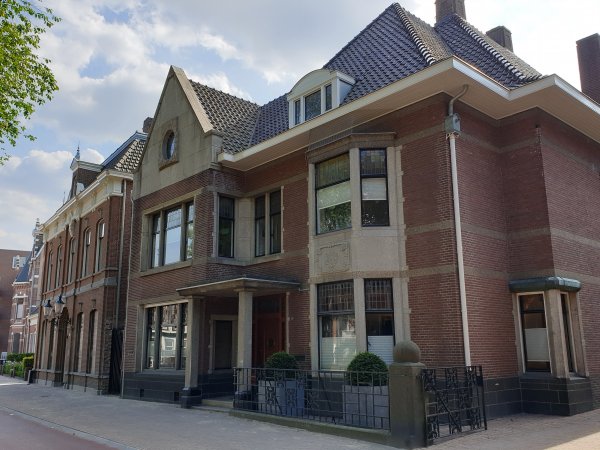Market Report
Misery in paper+board chain not limited to mills
NL-Tilburg, 7 December 2025
The misery in the paper and board chain has not spared the waste paper companies either. Takeovers, closures and now a bankruptcy, which is actually exceptional in our industry. OPC Wiermans in Weert (NL) filed for bankruptcy this week. Whether there will be a restart or some other form of continuation will be of particular importance to the 18 employees. Our industry also needs consolidation, so a restart is not a foregone conclusion.
And in Italy, Cartiera Grillo, Voltri,informed us that they will be closing their paper mill permanently at the end of the month. We are currently reading the same about paper and board mills and pulp mills on a weekly basis. It is no surprise that published business confidence is now lowest in the paper and board industry.
But Grillo is one of a number of smaller producers of special paper who also bought special grades of recovered paper as raw material and who have disappeared one after the other over the last decades. So, there is less demand for special grades of paper. Of course, the special grades of waste paper they bought got available in ever limited volumes due to the annual decline of activity in the graphic paper industry. Due to this limited availability, prices remained relatively high, and now that they are competing with larger competitors who are currently running on (at least today) cheap pulp, so that is not working anymore. A shame.
And the market for recovered paper ? There is little exciting or positive to report. Prices for all grades are under pressure, both in export and locally. While container rates in Southern Europe, for example, have risen, those in Central and North-Western Europe remain at least at the same level and in some cases are still falling. This leads to local prices for low grades, which have remained more or less unchanged in the South, being higher than in export. This is not yet the case in North-West Europe, where local prices have fallen again. And with the help of even lower container rates, export prices are still slightly above local prices.
Medium and higher grades prices are falling in both export and local
markets, with the reductions varying considerably. Like the lower grades, these were reduced by €5 to €10 per tonne.
This, combined with fewer orders due to machine and entire mill closures in the second half of December, has resulted in a market with little demand. The current surprisingly weak generation is not leading to stockpiling in the recovered paper processor’s yards, at least not unless there is speculation in anticipating on better prices at the beginning of next year.

Price indication
Price indication in Europe for low grades of recovered paper, sorted, baled and ex works are now between € 60 and € 80 per tonne. These prices are depending on quality, available volume, region and loaded weight.
Look here at the Price chart >>
The price chart gives an indication of the price of mixed paper, separately collected, in the Netherlands free delivered mill over the last 10 years.
Scrolling over the top of the columns gives the exact price indication in Euro's per ton.